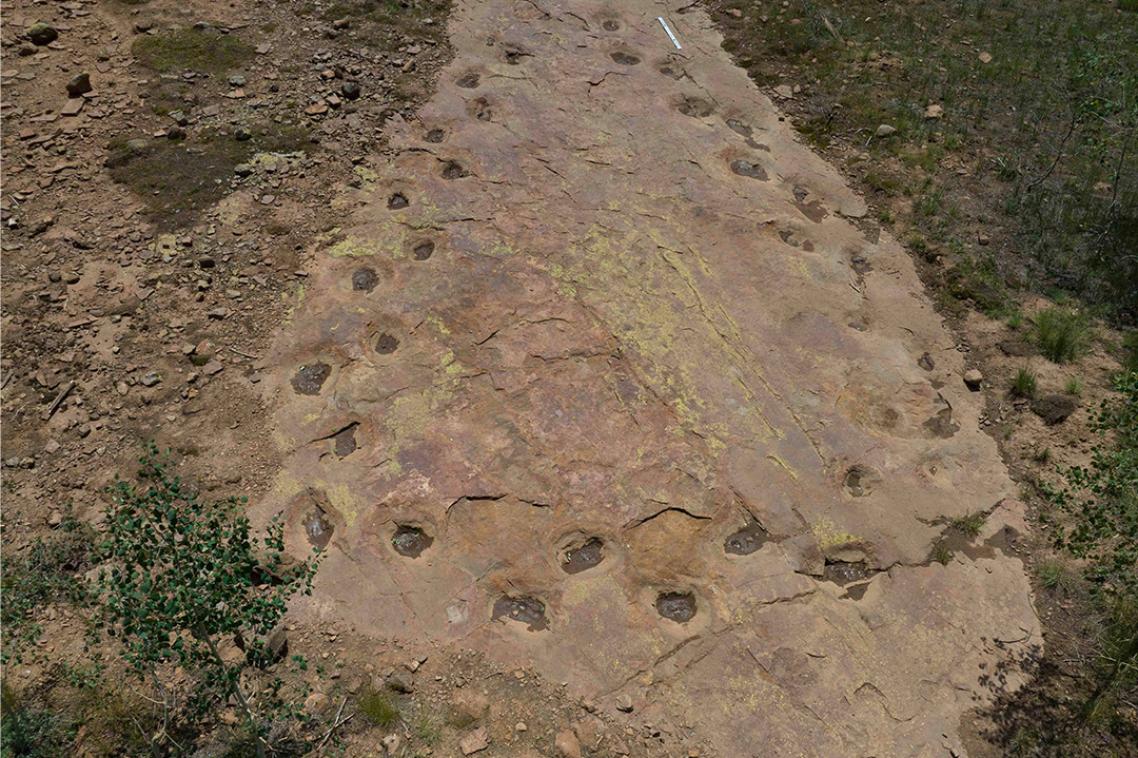University vets work on cause of koala cancer
Veterinary scientists at the University of Queensland are working on a project to halt the spread of lymphoid cancer in south-east Queensland's koala population.
Koalas in both wild and captive habitats are at risk from the disease, which is the most common form of cancer in koalas.
Veterinary pathobiologist Professor Wayne Robinson, who heads the project, said its long term aim was to reduce or eliminate the cancer.
The research team is currently working to define the cause of the cancer which they suspect to be viral in origin.
'We have already had success with similar work with goats and cats, and we are trying to find a reliable way of diagnosing the presence of the virus. This will give us the opportunity to study how this virus might cause disease.
The work is supported by grants from the Australian Koala Foundation and Lone Pine Sanctuary is also collaborating on the project.
Professor Robinson said there was currently no treatment for the cancer, which affected both the lymphoid organs and bone marrow and was 'invariably fatal'.
'This is a great concern to those who manage captive colonies of koalas and those who have concern for the wild populations.'
A key to the research is the identification of retroviruses, often found to be the cause of lymphoid cancers in other animal species.
'Because it is a common cancer and because of our experience in domestic animals we decided to look for the presence of retroviruses as possible causes of cancer in koalas,' Professor Robinson said.
'We are now able routinely to culture white blood cells from the blood of koalas and examine them. In quite a number of koalas we can see viruses that have an appearance typical of retroviruses.' PhD student Tracey O'Brien is carrying out the research on this aspect of the project.
PhD student Jon Hanger and Currumbin Sanctuary research director Dr Jeff McKee had compared retrovirus sequences in the genome of koalas with sequences from other retroviruses and found the koala sequence was most closely related to a retrovirus from monkeys, the Gibbon Ape leukaemia virus.
Professor Robinson said the next step would be to discover the rest of the sequence of the virus and accurately compare it with other common retroviruses.
Professor Robinson has worked with retroviruses - which include human immunodeficiency virus (HIV) and feline immunodeficiency virus - since the early 1980s, when he worked on the control program which eradicated a retrovirus from dairy goat populations.
He has most recently worked on feline immunodeficiency virus and on feline leukaemia virus, which causes lymphoid cancer in cats.
For more information, contact Professor Robinson (telephone 3365 2565).
Related articles

Looping long-necked dinosaur site reveals its secrets

UQ ranked second nationally in AFR Best Universities Ranking
Media contact
UQ Communications
communications@uq.edu.au
+61 429 056 139
